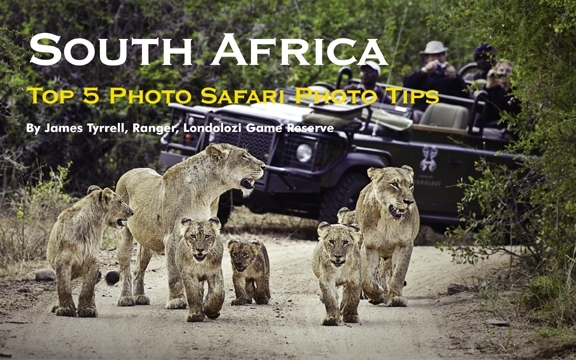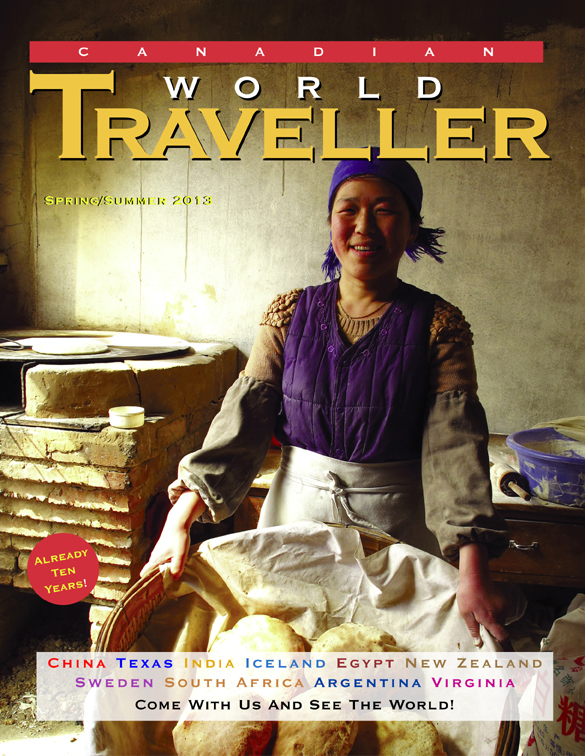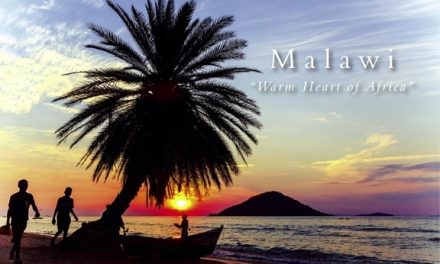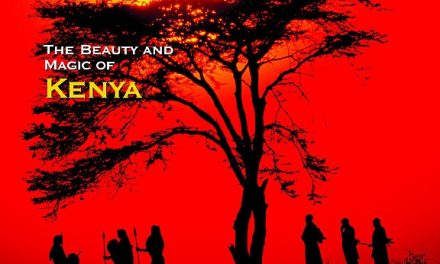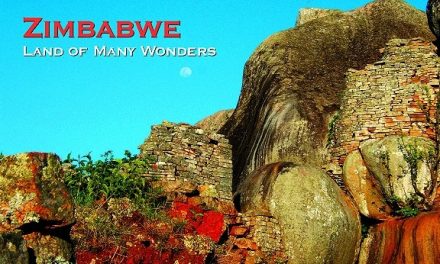South Africa
Top 5 Photo Safari Photo Tips
Published in the Spring 2013 Issue of Canadian World Traveller
By James Tyrrell, Ranger, Londolozi Game Reserve
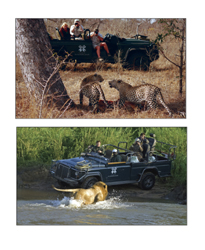
For many travellers, taking photos is a part of the travel experience and they provide wonderful memories of their vacation. Taking a good photo isn’t always as easy as it seems, however. And, for those lucky enough to experience a South African safari, taking photos can be a real challenge since the photo subjects are a little, well, wild.
The Londolozi blog is used as a showcase for the wonderful images and videos that some of the rangers at South Africa’s premier game reserve manage to capture while out on safari with guests. However, if you ask any of the rangers – at Londolozi or elsewhere – who are consistently taking great shots, they will tell you that the thousand shots they have missed have taught them lessons that now help them to get great shots.
We asked the Londolozi rangers to share some of their most important tips about how to get the best photos out of your safari (or any vacation). They told us:
1. Don’t cut off the tail
Or the wing, or the hoof, or the ear… Unless you are going for an abstract shot, images generally work far better if all parts of the animal (or person) you are trying to photograph are in the frame. Long things like a leopard’s tail dangling off a branch, the tip of an elephant’s trunk or the horns of a kudu are some obvious ones to watch out for. Cutting off these pieces, even if only a tiny part of them, leads your eye to the edge of the frame and detracts greatly from the image.
2. Do cut the grass
Vegetation in front of your subject matter very rarely works. If you are trying to highlight the camouflage of an animal, then a vegetated foreground can be great, but even the smallest leaf or blade of grass can spoil an otherwise great image, particularly a portrait shot.
3. Shoot at eye-level whenever possible
Eye-level shots can dramatically enhance the impact of a photograph. The visual dynamic of a photo taken at eye-level is compelling compared to one taken from above the subject. It is far more effective in drawing you into the photo.
4. Check your settings
With digital photography advancing at a rapid rate, newer cameras are able to compensate for changing light conditions that allow the photographer to take shots in almost any light. Higher ISO levels (a measure of the sensitivity to light of the camera’s sensor) in particular, can render cameras able to produce sharper images in much lower light than in years past. The problem with a high ISO is that it produces what is known as “noise” and can result in a grainy image. Brighter conditions such as daylight mean more light, lower ISO and a clearer image. One of the challenges people have heading out on a safari drive at daybreak is that their camera settings are from the night before when it was much darker. Try to make it a rule to check your camera’s settings before heading out before you miss the shot of a lifetime.
5. Be aware of the vehicle (or other large objects near you)
On a safari, animals move around the vehicles and the tendency is to follow them with your camera, eye on the viewfinder, waiting for the best shot. Be aware of the things surrounding you – the back of a seat, a piece of the safari vehicle or even your fellow guests, as you don’t want to inadvertently catch even the smallest part of them in your frame.
Londolozi Game Reserve (www.londolozi.com), a stand-alone family run operation, has traversing rights over 25,000 acres of prime game viewing land in the heart of the Sabi Sands Game Reserve in Kruger National Park and is the first game reserve in the world to be accorded Relais & Châteaux status, visitors to Londolozi fall under the magical spell of South Africa, creating memories that last a lifetime and that call them to come back again and again

